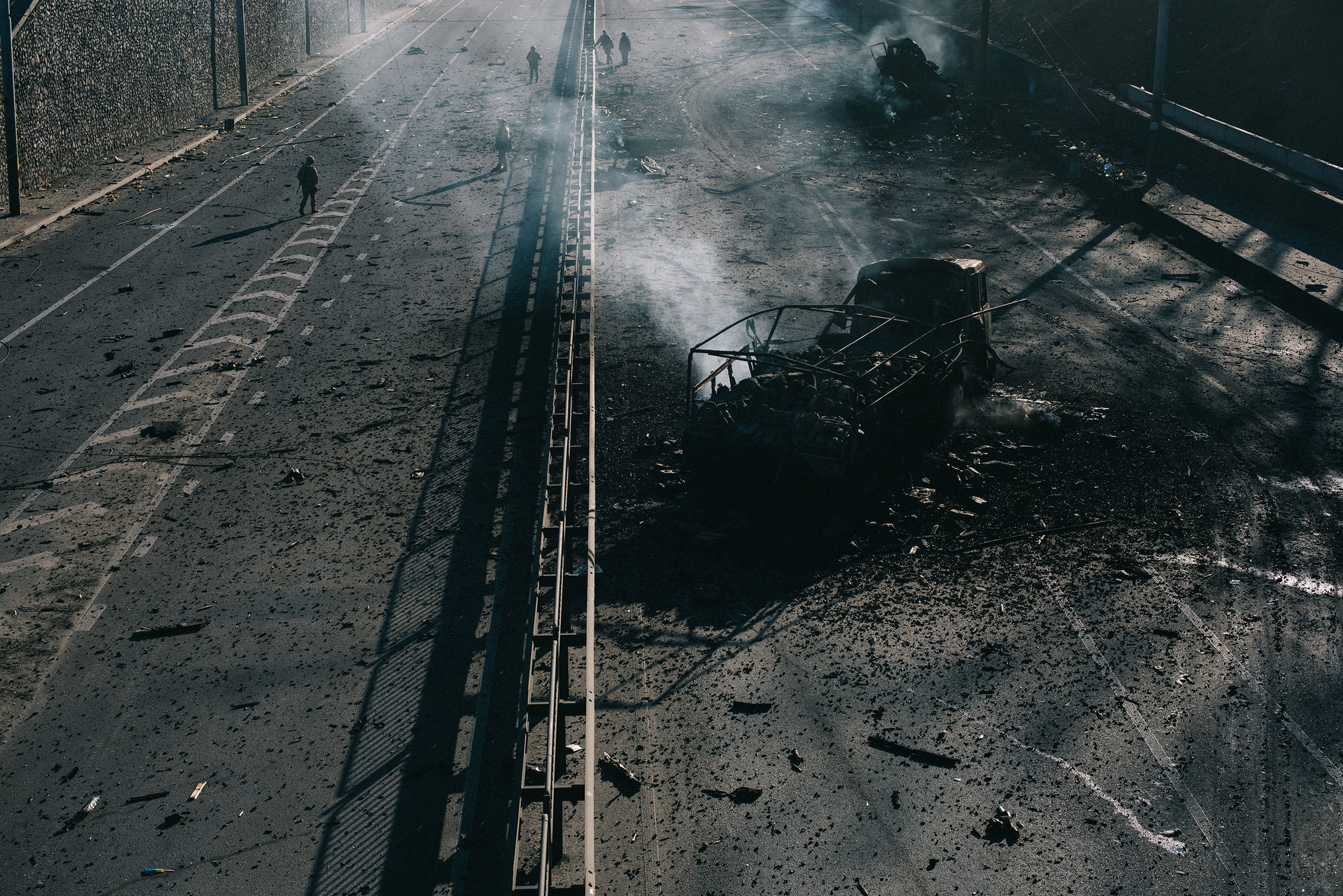In the seconds before impact, mortars whistle as they fall, making a loud and almost plaintive sound Maxim Dondyuk will never forget. He will not forget the sting of their shrapnel, which felt like a hot knife in his arm, or the sight of the women and children he photographed during the shelling near Kyiv on March 6. He hopes the people who see his photos will not be able to forget them either. “I don’t stay here and do this because I am a masochist,” Dondyuk, who is Ukrainian, says by phone from the center of Kyiv. “I do it because sometimes a photo can change people, change societies.” With luck, he says, it might help stop a war.

When this war started in late February, Dondyuk was in Kyiv as Russian forces rushed to encircle the city, dropping bombs and firing artillery while tanks advanced from the north. Civilians tried to flee or take shelter in the subway system. At the city’s main hospital for children, Dondyuk found the patients crowded into the basement while the doctors waited for the wounded to arrive.
The first one was a young boy, no older than 7, whose parents and sister had just been killed. Emergency workers carried him into the ward and told the doctors that the family’s car had been riddled with bullets near the heart of the Ukrainian capital. The boy was the only survivor. The emergency workers did not know his name, they said, because his documents were probably in the wreckage. The doctors registered him as “Unknown No. 1,” and performed emergency surgery.
Read More: The Pain of Watching From Afar as Putin Attacks My Country
Pacing the ward outside the child’s room, Dondyuk found the head physician and asked for permission to photograph the boy. “I told him that the Russian people need to see this,” Dondyuk recalls. “When we show them the children killed by Russian bombs, they will imagine their own children. Our children are the same. Our cities look the same. They will see themselves in us. They will feel it.” The doctors relented, and that night Dondyuk took a photo of the boy, whose name, reporters later learned, was Semyon. He was still in critical condition at the time. He died soon after.
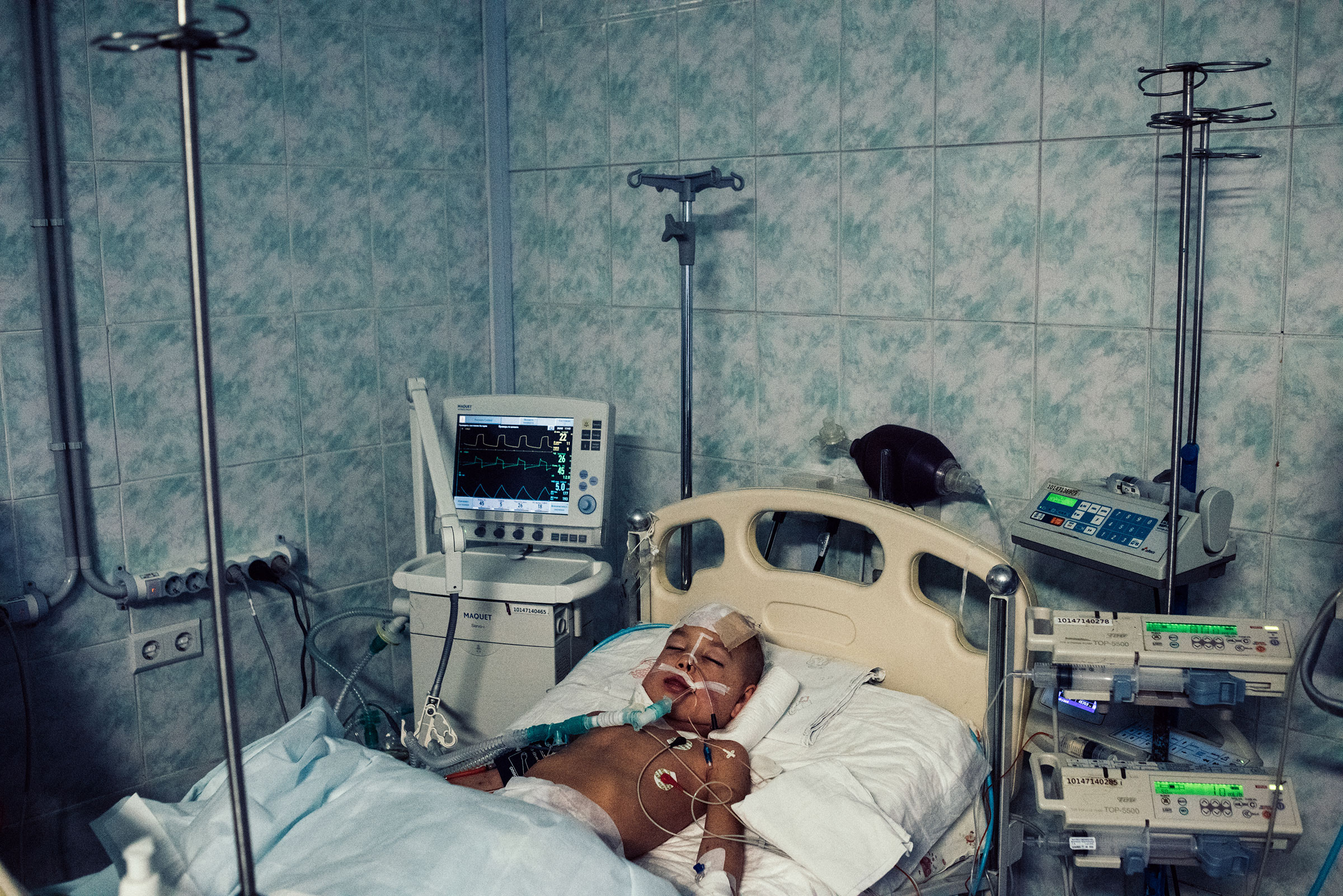
It was one of the moments when Dondyuk broke down. Over the past eight years, he has photographed many aspects of the war between Russia and Ukraine. He has seen and documented it from both sides of the front. For Dondyuk, 38, the story was always personal, but never more than over the past few weeks. His mother has been forced to flee the nation as a refugee. His father lives in a town under Russian military occupation. “My city, where I lived for years, is being destroyed,” Dondyuk says of Kyiv. “I’m not coming at this from afar. This is my pain. This is my country.”
By the second week of the war, he says, the initial phase of panic in the capital subsided. Trenches and checkpoints appeared in residential neighborhoods, next to schools and playgrounds, as Ukrainians prepared to fight the Russian troops from street to street. Many people fled, but many others stayed to help, transforming the city into a wartime metropolis—far emptier, more somber, but full of purpose and resolve. Those who could not volunteer to fight have spent their time helping those who did, cooking meals, filling sandbags, tending bonfires, delivering supplies.
Read More: The Man On Ukraine’s Digital Frontline
The worst of the carnage has so far been confined to the city’s northern suburbs, which is where Dondyuk was wounded on March 6. That morning he set out by car to the suburb of Irpin, along with two other photographers. To stall the Russian advance, Ukrainian forces had blown up a bridge that leads south from that town into Kyiv, leaving only a small walkway over a river, just wide enough for one or two people to cross at a time.
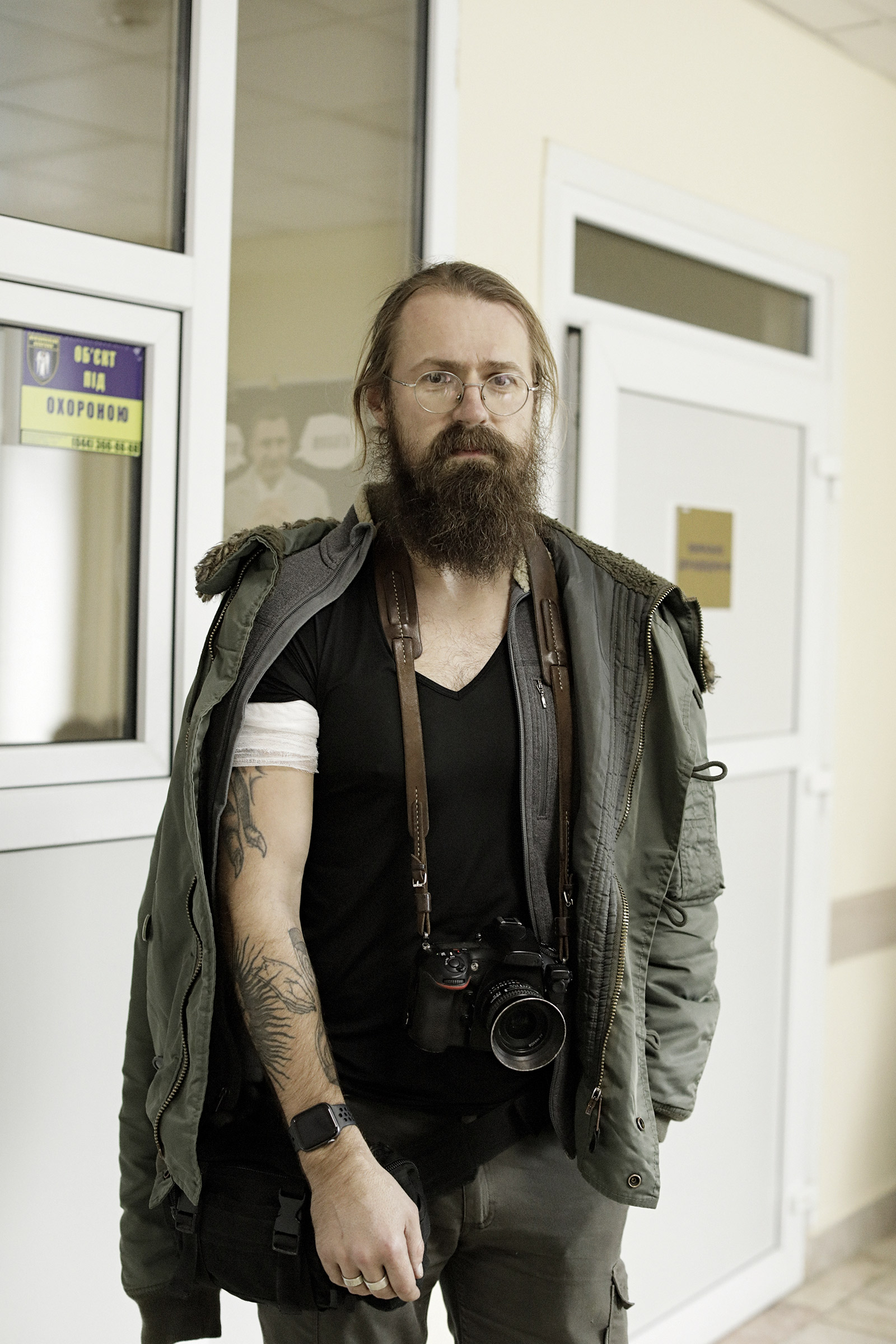
As the photographers arrived, they saw a couple of vans near the bridge, waiting to take civilians to safety as they made it over. Many of those crossing were elderly. Others had babies in strollers and pets under their arms. A group of Ukrainian soldiers stood nearby. Dondyuk had stopped to take their photographs when they heard the first mortar incoming. It was the start of an assault that would last for around two hours, targeting the only pathway for civilians to flee Irpin.
The soldiers at the bridge fell back as the bombing continued. But Dondyuk and his two colleagues stayed to document the scene, retreating only after a piece of shrapnel hit him in the shoulder, ripping away a piece of flesh. Scores of civilians were injured or killed in the attack. Yet they kept streaming across the bridge even as the bombs were falling. “They could see the mortars ahead of them. They could see the bodies,” says Dondyuk. “But whatever they were running away from, it must have been worse.”
—With reporting by Nik Popli

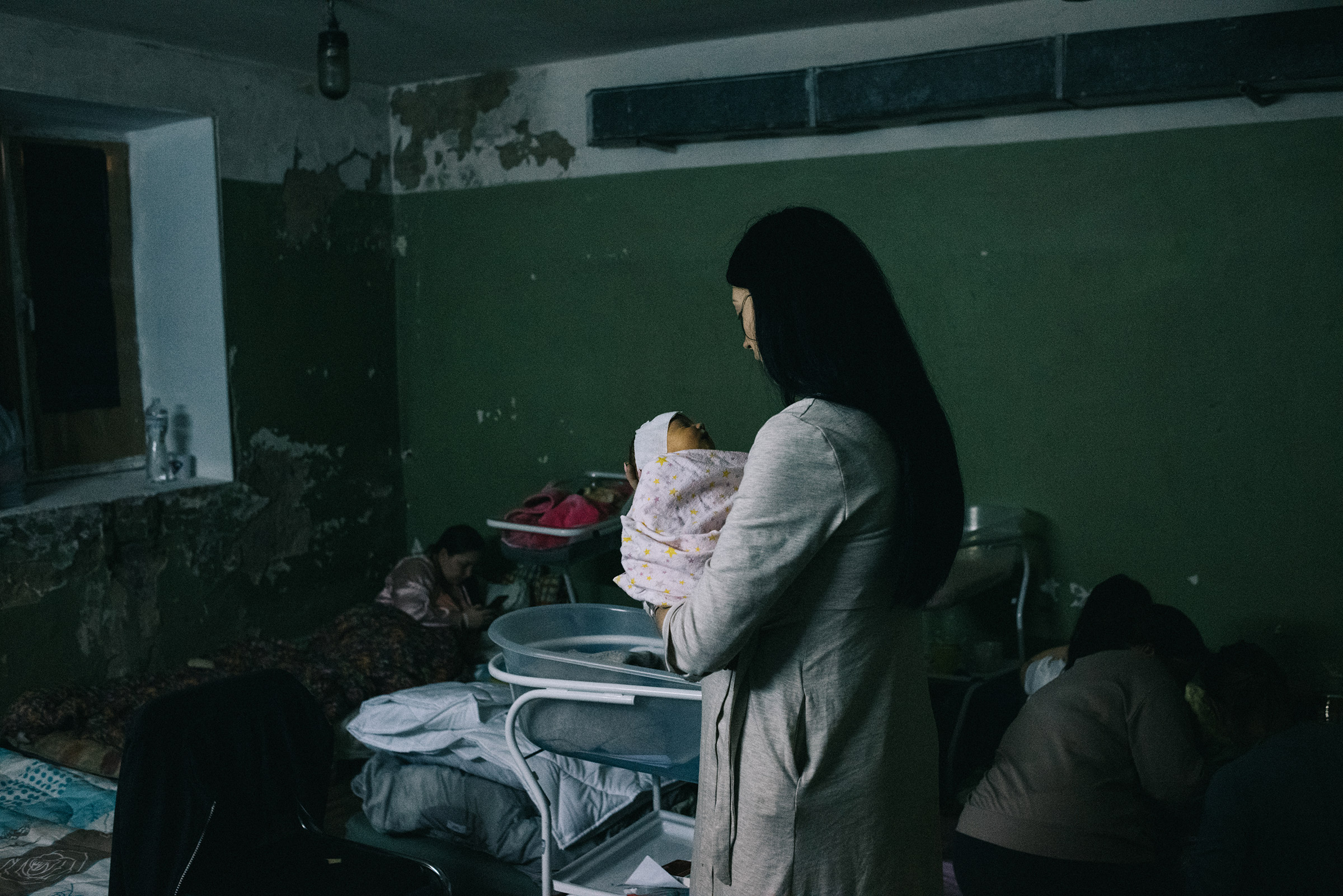

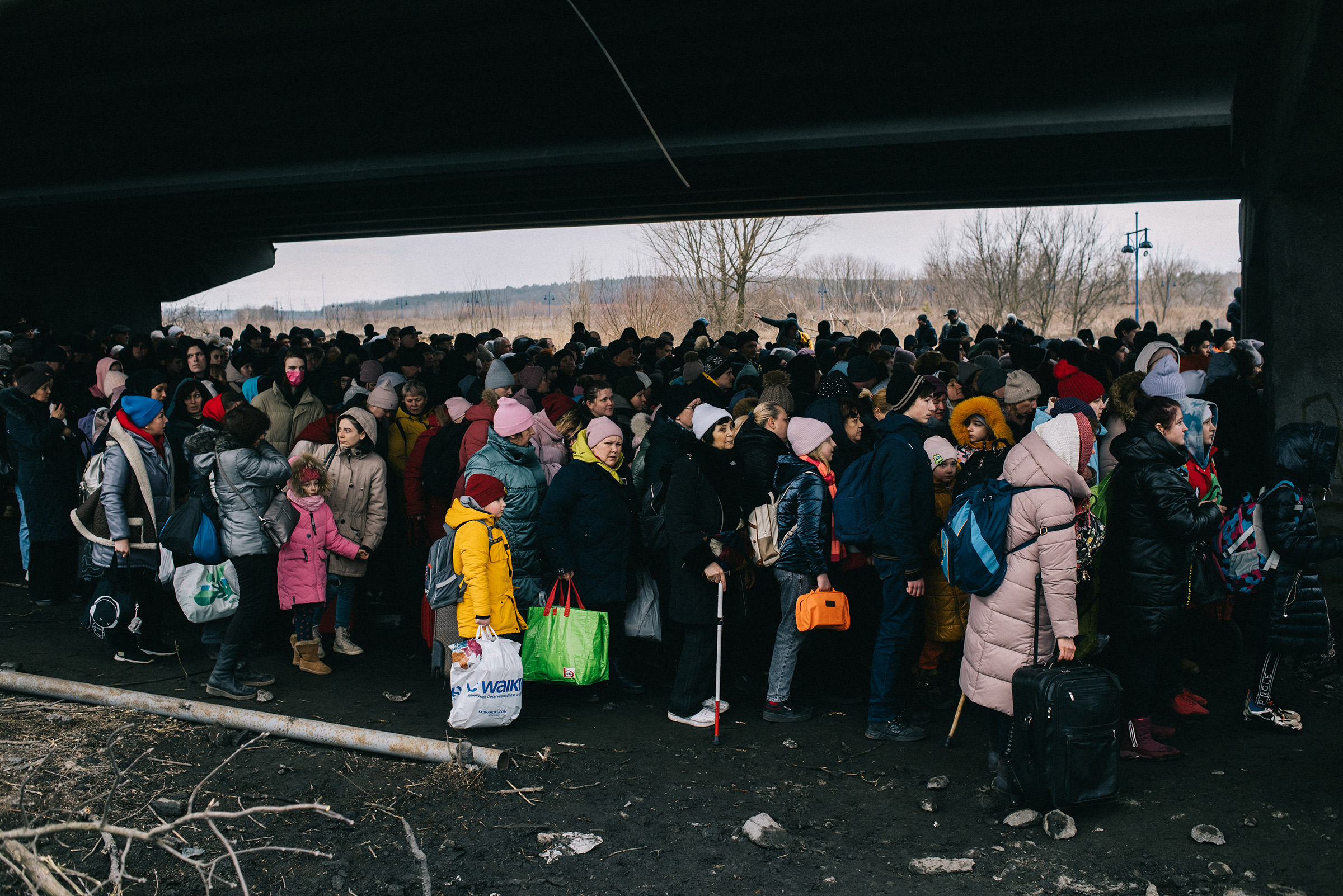
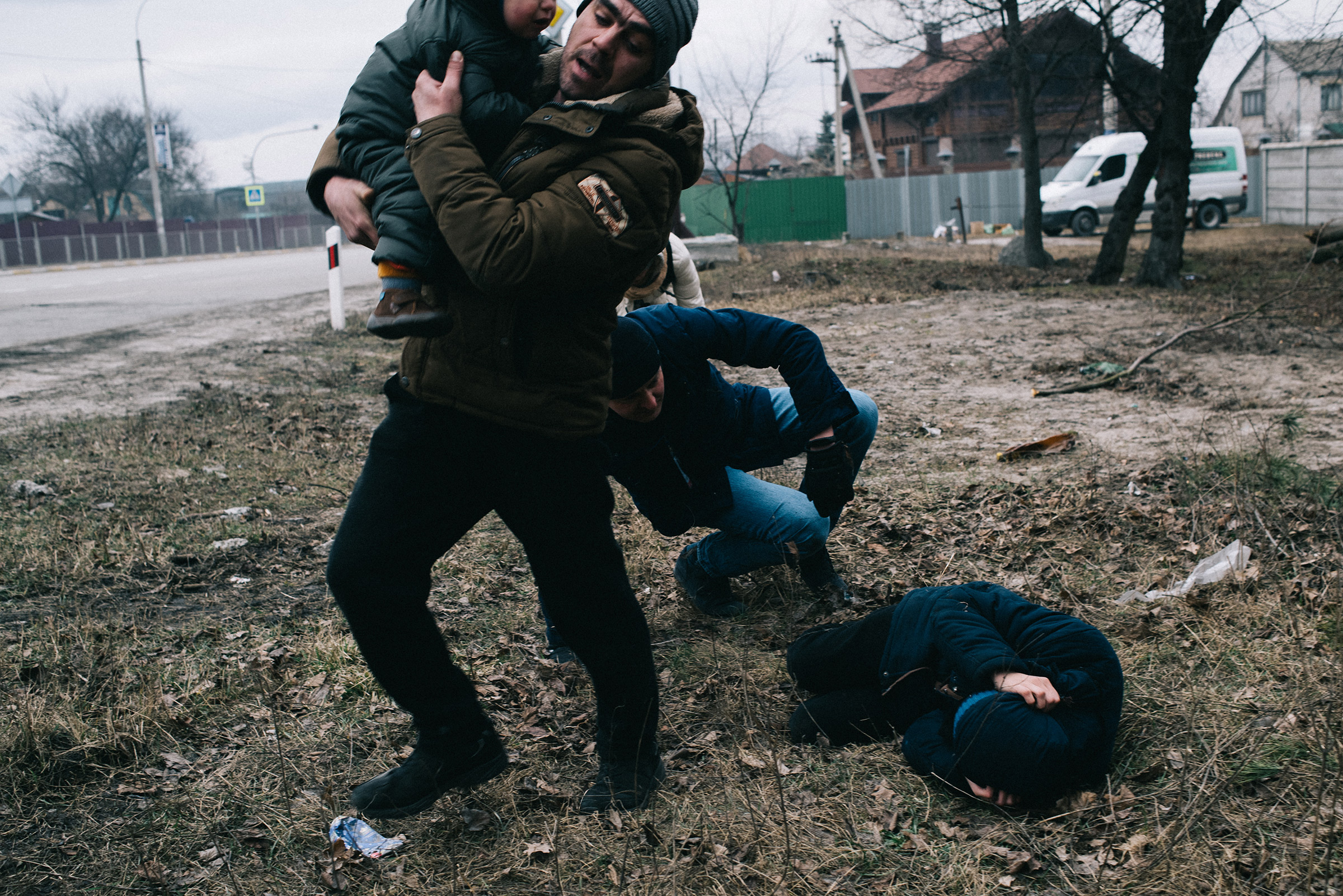





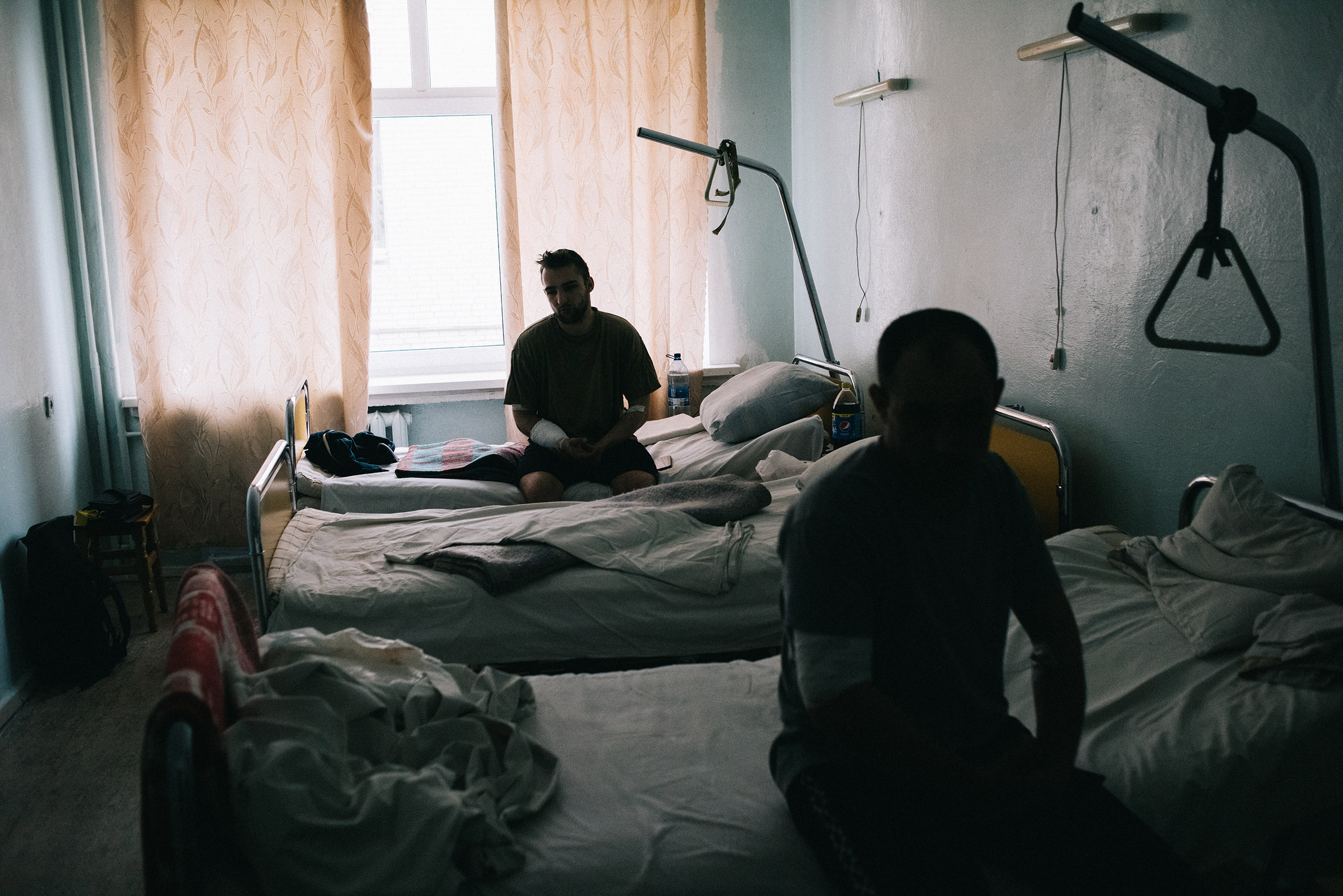
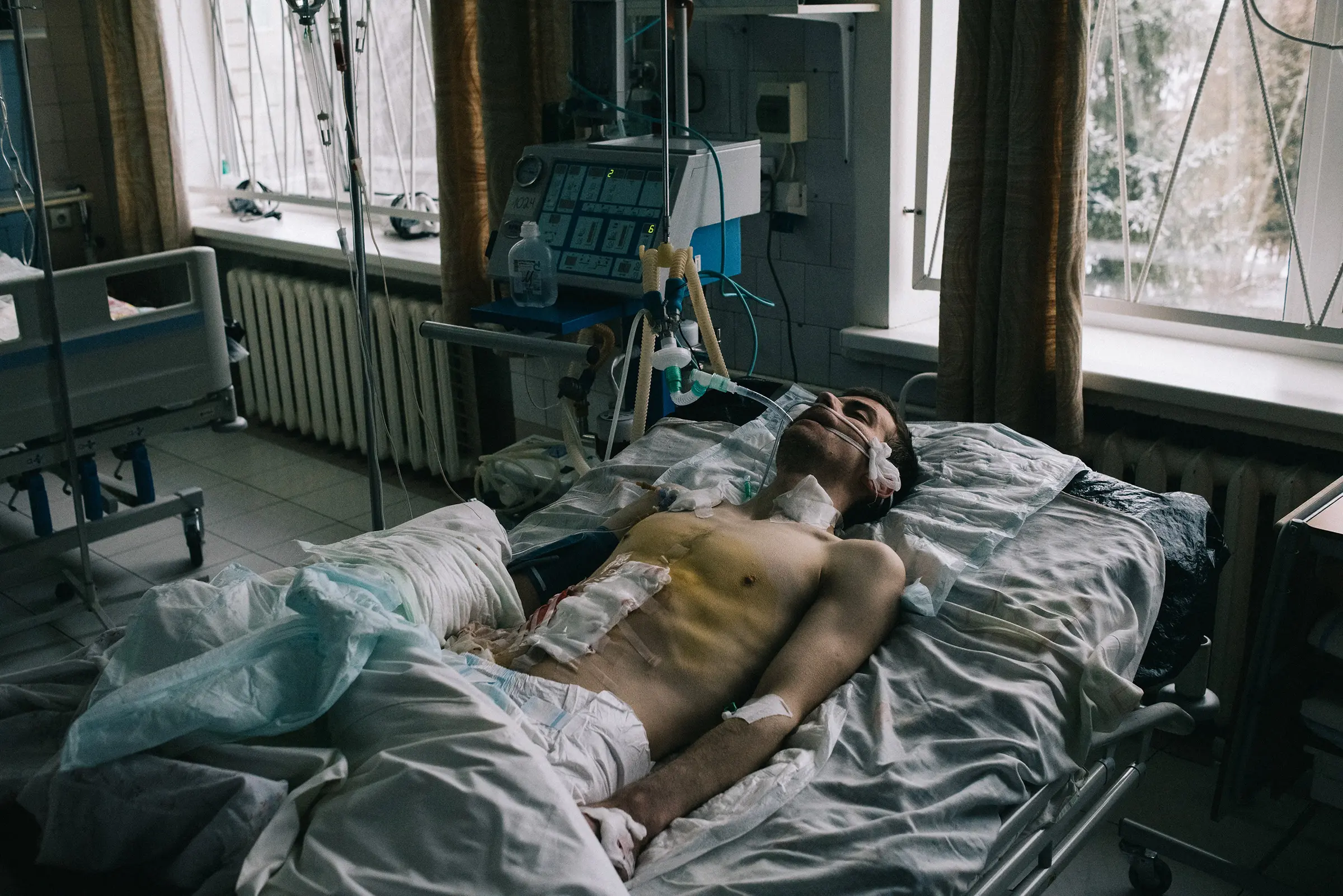



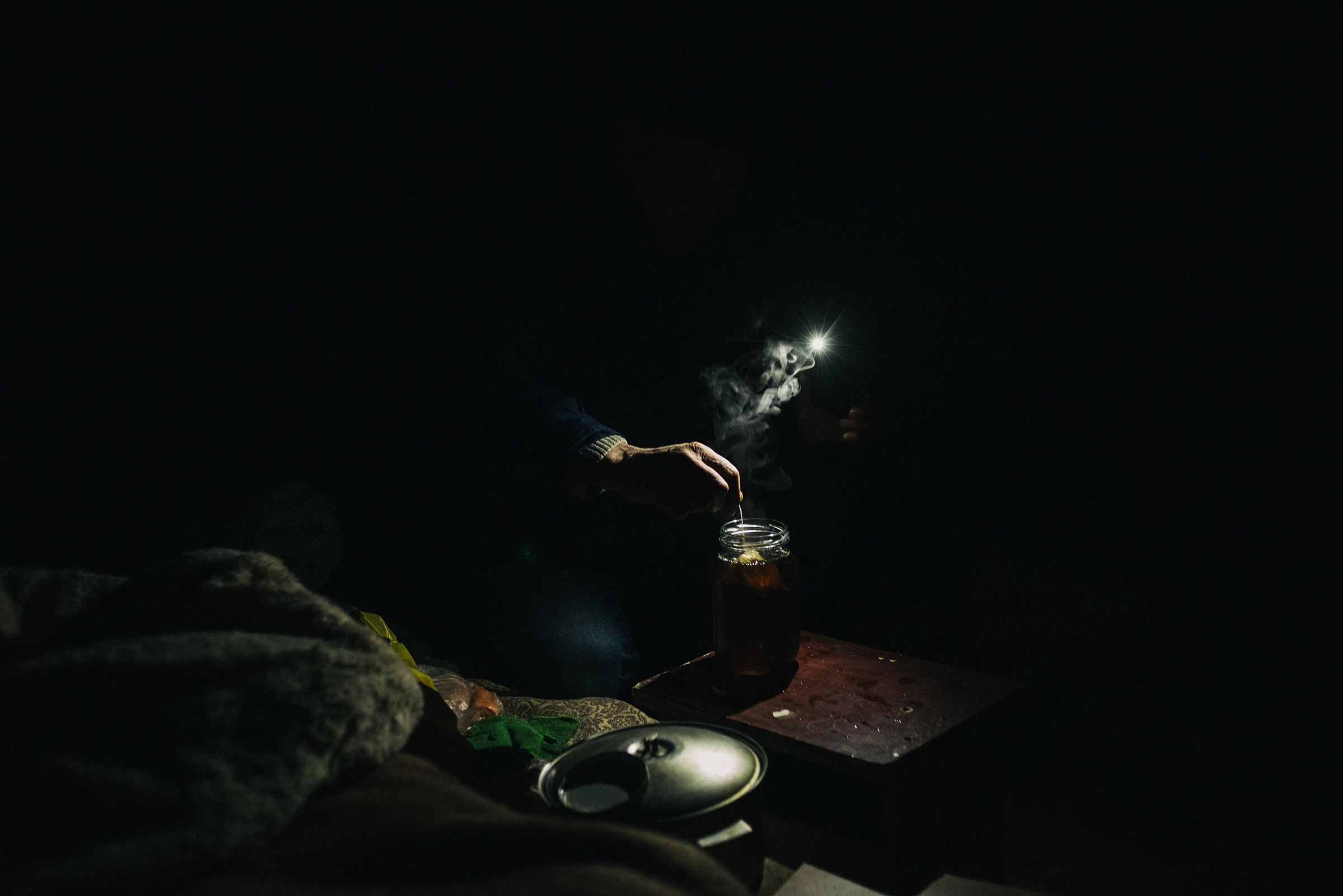




More Must-Reads from TIME
- Why Trump’s Message Worked on Latino Men
- What Trump’s Win Could Mean for Housing
- The 100 Must-Read Books of 2024
- Sleep Doctors Share the 1 Tip That’s Changed Their Lives
- Column: Let’s Bring Back Romance
- What It’s Like to Have Long COVID As a Kid
- FX’s Say Nothing Is the Must-Watch Political Thriller of 2024
- Merle Bombardieri Is Helping People Make the Baby Decision
Contact us at letters@time.com
